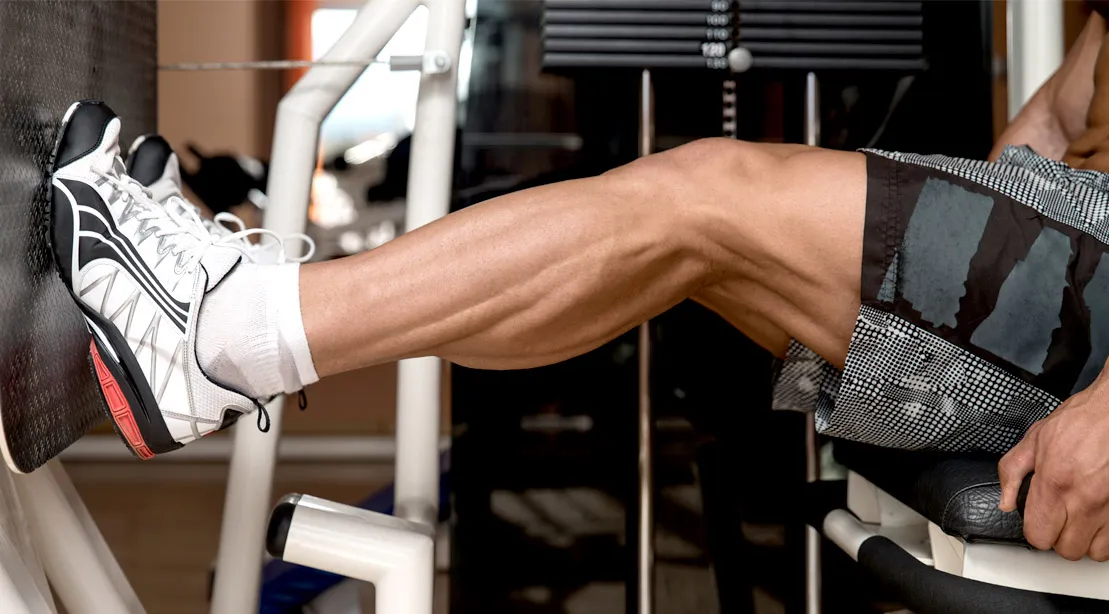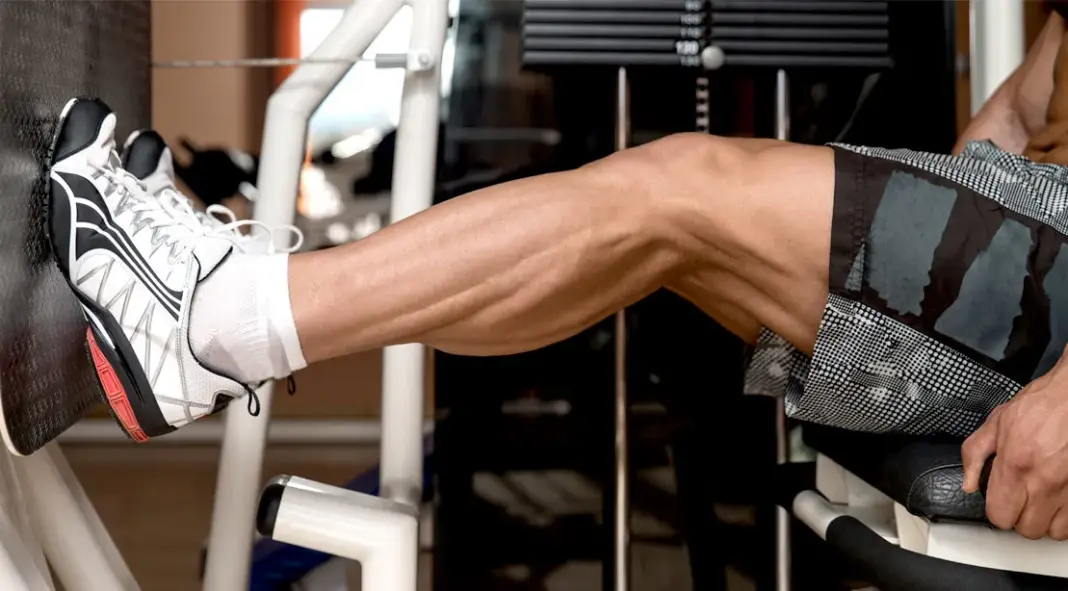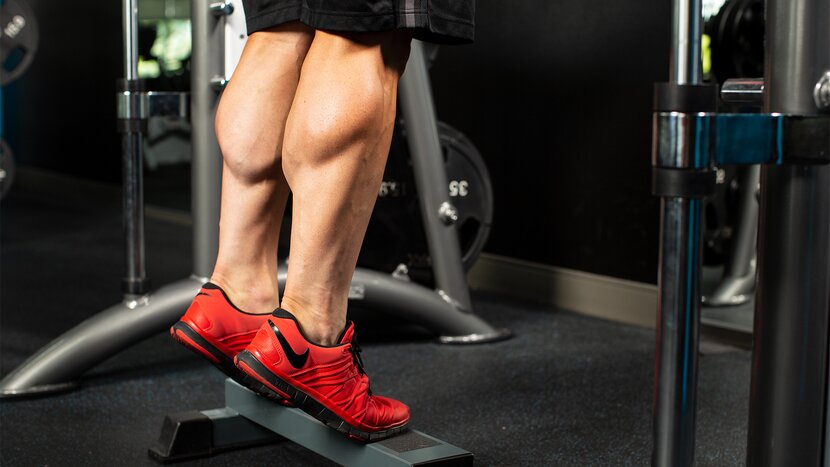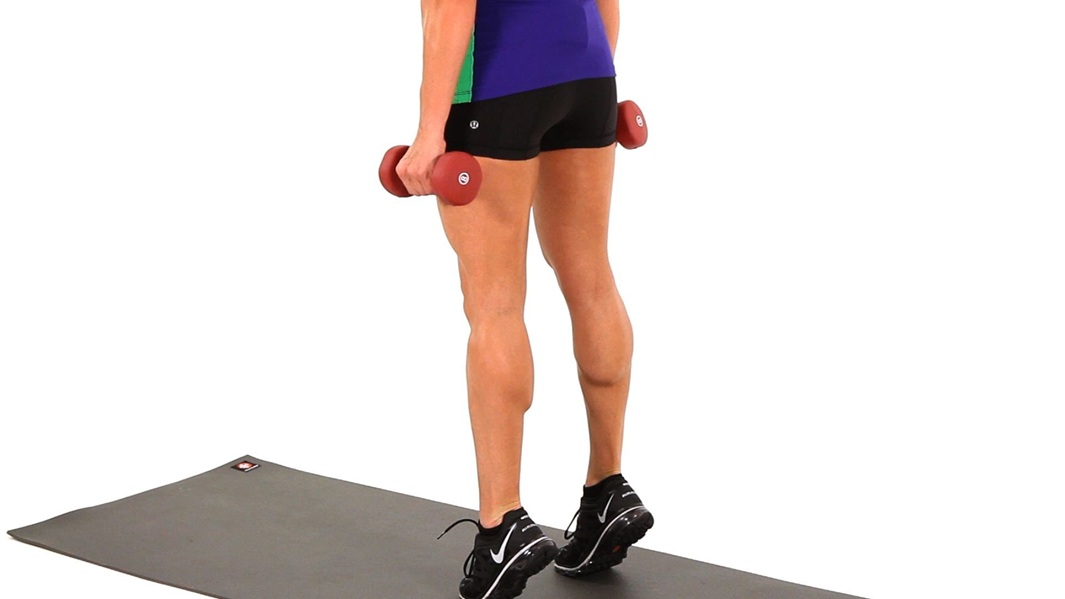The High-Frequency Calf Training Blueprint: How to Finally Force Growth
If you’ve trained your calves for months (or years) with little to no visible progress, you’re not alone.
For most lifters — even advanced bodybuilders — calf development lags behind the rest of the physique. The common excuse? “Bad genetics.” But let’s be honest: it’s usually bad programming.
Calves aren’t stubborn — they’re simply understimulated.
The solution? High-frequency training. Not haphazard, throw-in-a-few-sets-after-leg-day frequency, but strategic, science-informed, progression-based training. This article gives you a complete 2-to-7 day/week protocol to finally grow your calves, complete with training strategies, weekly programming examples, and real-world tactics that work in the gym.
Why High-Frequency Calf Training Works
Before we dive into programming, let’s understand the anatomy and physiology behind why calves respond so well to frequent stimulation.
Calves Are Built for Daily Use
The calves — particularly the soleus muscle — are active every single day. Walking, climbing stairs, standing, and balancing all engage them. That means they’re dense, slow-twitch dominant, and highly fatigue-resistant.
As a result, they recover faster than most muscle groups and often need more total training volume than you’d expect.
Most Lifters Severely Undertrain Them
If you train your chest or quads with 12–16 hard sets per week but only hit calves with a few quick machine sets once a week, you’re neglecting their growth potential.
High Frequency = High Quality Volume
Instead of smashing calves into the ground once a week, you’ll grow more by hitting them frequently, with focused intensity and a mix of training stimuli — heavy loading, high reps, and static holds.
Choose Your Frequency: What’s Right for You?
The beauty of high-frequency calf training is that it’s scalable. Whether you’re a beginner, intermediate, or advanced bodybuilder, you can apply this approach to match your split.
🔹 2x/Week: Baseline Growth Plan
Who it’s for: Beginners, lifters on full-body or PPL splits, or anyone new to calf specialization.
Structure:
- Day 1: Heavy straight-leg movement (e.g., Standing Calf Raise)
- Day 2: Pump/volume focus (e.g., Seated or Donkey Raise)
Why it works: It covers both the gastrocnemius (fast-twitch, straight-leg) and soleus (slow-twitch, bent-knee) while giving you time to recover.
🔹 3–4x/Week: Optimal for Most Lifters
Who it’s for: Intermediate lifters and bodybuilders with 1–2 years of training experience.
Structure:
- Mix of heavy sets, controlled eccentrics, mid-rep work, and finishers
- Covers all muscle fiber types
- Greater weekly volume with manageable recovery
This range is ideal for bodybuilders who train calves with real intent but need a smarter volume distribution.
🔹 5–7x/Week: Specialization Phase
Who it’s for: Advanced lifters, or anyone in a 4–6 week “bring up my calves” focus block.
Structure:
- Microdosing: Very short, frequent sessions (1–2 exercises per day)
- Avoid failure — focus on form, tension, and consistency
- Think: 10 minutes or less, daily
Why it works: Daily exposure keeps calves constantly stimulated without burning out your CNS or interfering with other training.
🏋️♂️ Sample 4x/Week Calf Split (Recommended)
This plan delivers all the stimulus calves need: heavy loading, stretch emphasis, high reps, and unilateral balance. It’s a bodybuilder-friendly routine that fits alongside most upper/lower or push/pull/legs splits.
Day 1: Heavy + Stretch Focus
- Standing Calf Raise (Machine or Smith)
4 sets of 6–8 reps
Focus: 3–4 sec eccentric, full stretch at bottom, hard squeeze at top - Seated Calf Raise
3 sets of 15 reps
Controlled reps with full ROM
Day 2: Pump + Volume
- Donkey Calf Raise or Elevated Bodyweight Raise
3 sets of 15–20 reps
Great stretch, constant tension - Banded Seated Calf Raise
3 sets of 30 reps
Lightweight, full burn, minimal rest
Day 3: Unilateral + Control
- Single-Leg Standing Calf Raise
3 sets of 12 per leg
Start with weaker leg, no bouncing - Wall Sit Calf Raise Hold
2 sets of 30 seconds
Isometric + slow reps = brutal burn
Day 4: High Rep Burnout
- Seated Calf Raise
3 sets of 25 reps
Pump-style finisher - Banded Calf Raise (High Rep)
2 sets of 40
End-of-week flush set to drive recovery

Daily Microdose Plan (6–7 Days/Week)
This is your go-to strategy for maximal frequency without fatigue. Each session is under 10 minutes and rotates between variations.
Example Daily Rotation:
- Mon: Standing Raise – 2 sets of 6–8 heavy
- Tue: Seated Raise – 2 sets of 20–25
- Wed: Banded Raise + Bodyweight Pause Reps
- Thu: Single-Leg Calf Raise – 3 sets per leg
- Fri: Donkey Raise – 2 sets of 15
- Sat: Optional Burnout (Circuit of 3 exercises x 20 reps)
- Sun: Light Pump Set or Total Rest
Keys to Success:
- Rotate intensity: Not every day should be all-out
- Focus on execution: Quality over quantity
- No training to failure unless programmed (e.g., burnout day)
How to Progress Weekly
Progression is the driver of growth. Here’s how to ensure your calves keep improving without stalling or overtraining.
Add Reps
If using a fixed load, add 1–2 reps each week per set.
Add Weight
Progress with 2.5–5 lb jumps weekly, especially on standing/seated machines.
Increase Time Under Tension
- Add pause holds at the peak contraction
- Extend eccentric to 3–4 seconds
- Add isometric holds mid-rep or at bottom stretch
Change Angles or Implement
Every 4 weeks, switch:
- Standing machine → Smith machine → barbell → leg press calf raise
- Seated machine → dumbbell on knee → banded at home
Don’t Overlook Recovery
High-frequency doesn’t mean reckless overload. Volume is only productive when paired with recovery.
Guidelines for Recovery:
- Deload every 4–6 weeks: Drop volume by 50%, maintain light frequency
- Prioritize protein intake: 1.0–1.2g per pound of bodyweight
- Sleep 7–9 hours/night: Crucial for muscle repair
- Mobilize your ankles: Stiff joints = limited ROM and higher injury risk
Final Word: Precision + Consistency = Calf Growth
If you’ve always written off your calves as genetically cursed, it’s time to take responsibility and rebuild your approach. Calves grow when trained with intensity, frequency, and intelligent progression — just like your back, chest, or quads.
Here’s your new mindset:
- Train calves like a priority, not a punishment
- Track every set, rep, and rest interval
- Rotate stimuli — load, reps, angles, and tempo
- Stay consistent for 4–8 week blocks before changing
High-frequency calf training won’t burn you out — but it will finally force growth if you stay dialed in.
Ready to Build the Calves You’ve Always Wanted?
Choose your frequency. Commit to the blueprint. And start training your calves with the precision they deserve.
🔗 Related Articles:
- The Complete Calf Training Guide
- Why Your Calves Aren’t Growing
- Best Calf Exercises Ranked by Growth
- Calf Workouts at Home (Bodyweight + Bands)
- Unilateral Leg Training for Balance and Symmetry




